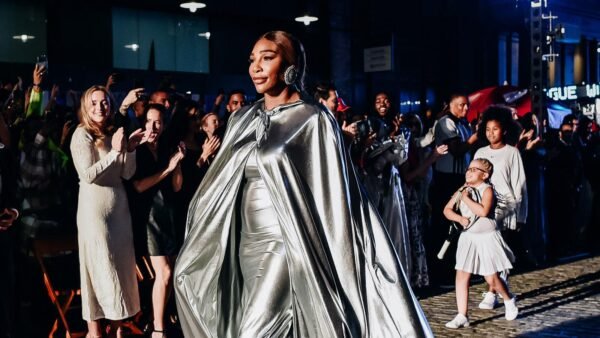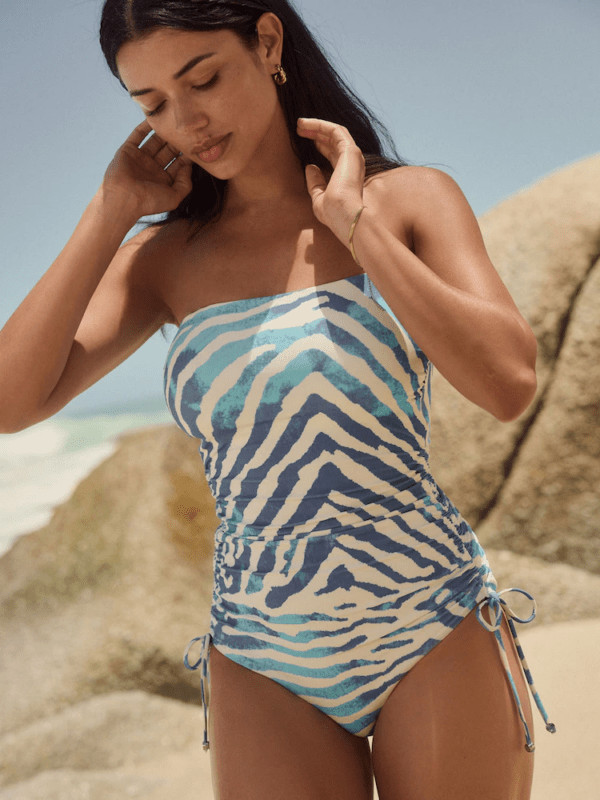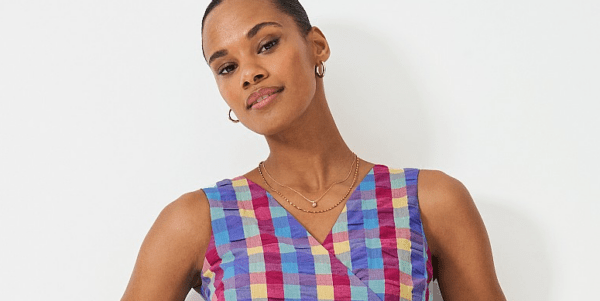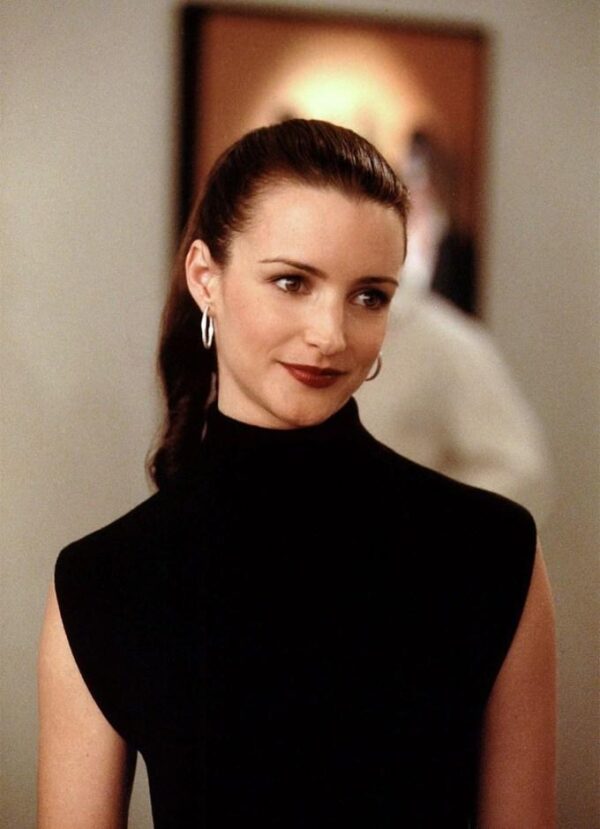
Fashion Forward Athletes: Iconic sports Stars Who Have Impacted the Fashion World

Fashion and athletics have been intertwined for almost 100 years. From the comfortable, floaty garments of the 1920s, which were derived loosely from athletic apparel designed for both men and women at the time, there has been a complete reversal to the present day, where elite athletes are frequently recognised more for their off-field appearances than their athletic prowess.
However, despite not having to embark on the path of launching their brands and devoting additional time to the art of fashion design and promotion, certain sports figures have emerged as fashion icons solely based on their appearance and attire.
The proliferation of social media platforms has enabled athletes across diverse sports to exhibit their style, encompassing high fashion, athleisure, and leisurewear, to an army of millions upon millions of admirers across the globe.
How Fashion & Sports Merged
According to a report by trend analysts, alliances between fashion and athletics have generated $78.5 million (£64.7 million) in earned media value (EMV) thus far this year. EMV is the metric that assesses the earnings a brand can anticipatefrom mentions on social media.
Prominent fashion houses are collaborating with athletes in ways never before seen. According to the label, Jannik Sinner’s use of a Gucci monogrammed purse during Wimbledon marked the inaugural appearance of high-end luxury luggage being carried onto the court. Sinner, a member of the top ten tennis players, was the first to do so. Emma Raducanu has been a Dior ambassador since her victory at the 2021 US Open.
Arsenal’s Bukayo Saka is among the celebrities in the front row of fashion displays hosted by Burberry. Ahead of the 2022 FIFA World Cup, Prada supplied suits to the Chinese national team for the Women’s World Cup. Louis Vuitton secured the appearance of Lionel Messi and Cristiano Ronaldo in an advertisement.
Gone are the days when athletes were required to release their clothing brands to enter the fashion space, but despite evolutional trends between the two industries, sports and fashion have long been intertwined.
With that said, let’s look at some of the most iconic athletes who’ve impacted the sporting world.
Rene Lacoste
Legendary tennis player and founder of the renowned brand Lacoste, René Lacoste, is among the pioneers of this transition. Lacoste, a tennis prodigy renowned for his supremacy during the 1920s, brought about a paradigm shiftin tennis apparel with the advent of the stylish yet comfortable polo shirt.
The esteemed design, distinguished by its distinctive crocodile logo, swiftly attained fashion icon status, effortlessly transitioning from tennis to everyday attire. Preparing the way for the mutually beneficial relationship between athleticism and fashion, Lacoste’s ingenuity set a precedent.
Today, the Lacoste brand is worn by athletes and fans alike.
David Beckham
Sir David Beckham, who has played for Manchester United and England, is regarded as one of the greatest footballers ever. Still, he can transform any article of clothing into an immensely dazzling and coveted ensemble simply by donning it.
The footballer’s decision to don a sarong while on vacation garnered front-page attention during the 00s. Regarding the attire of a male participating in a hypermasculine sport, he was avant-garde. He touched on the athlete/fashion collaboration long before it was common to do so.
LeBron James
He’s often a top selection from deposit match bonus offers and funds for bettors. Still, LeBron is a basketball prodigy who has left an indelible mark on the fashion industry. In addition to his exceptional prowess in competition, James’ fashion enterprises have been characterised by audacious declarations and sophisticated attire.
His partnerships with upscale brands and the introduction of his apparel lines have demonstrated his versatile sense of fashion and enthralled audiences across the globe. James is widely recognised in the fashion industry as a trendsetter and tastemaker, and his impact extends well beyond basketball.
Michael Jordan
Speaking of the NBA, excluding the greatest basketball players of all time would be impermissible when discussing the most distinguished athletes of the 1990s who also served as fashion symbols.
MJ effortlessly styled daring knitwear jumpers, wacky pattern-print shirts, and striped beach shorts outside designer tables. His multibillion-dollar partnership with Nike and the Jordan line of sneakers—which recently gained attention due to a $1.5 million auction sale—made him the most recognisable figure in the fashion industry, and still does to this day.
In addition to influencing individual fashion choices, the prominence of former athletes who have evolved into fashion icons has a broader societal impact that promotes diversity, individuality, and the defiance of established norms. Their seamless transition between fashion and sports has significantly broadened the scope of athletic influence and reshaped societal expectations regarding what it means to be a fashion icon.
The convergence of fashion and athletics has given rise to a novel cohort of influencers: athletes who have achieved unprecedented success in their respective domains and are now widely recognised figures within the fashion sector. Their influence transcends the realm of apparel and signifies a shift in cultural consciousness that places importance on diversity, individuality, and empowerment.
The athletes’ impact on fashion will endure across generations as they pioneer novel developments and inspire individuals to embrace their unique identities with assurance and elegance.














































